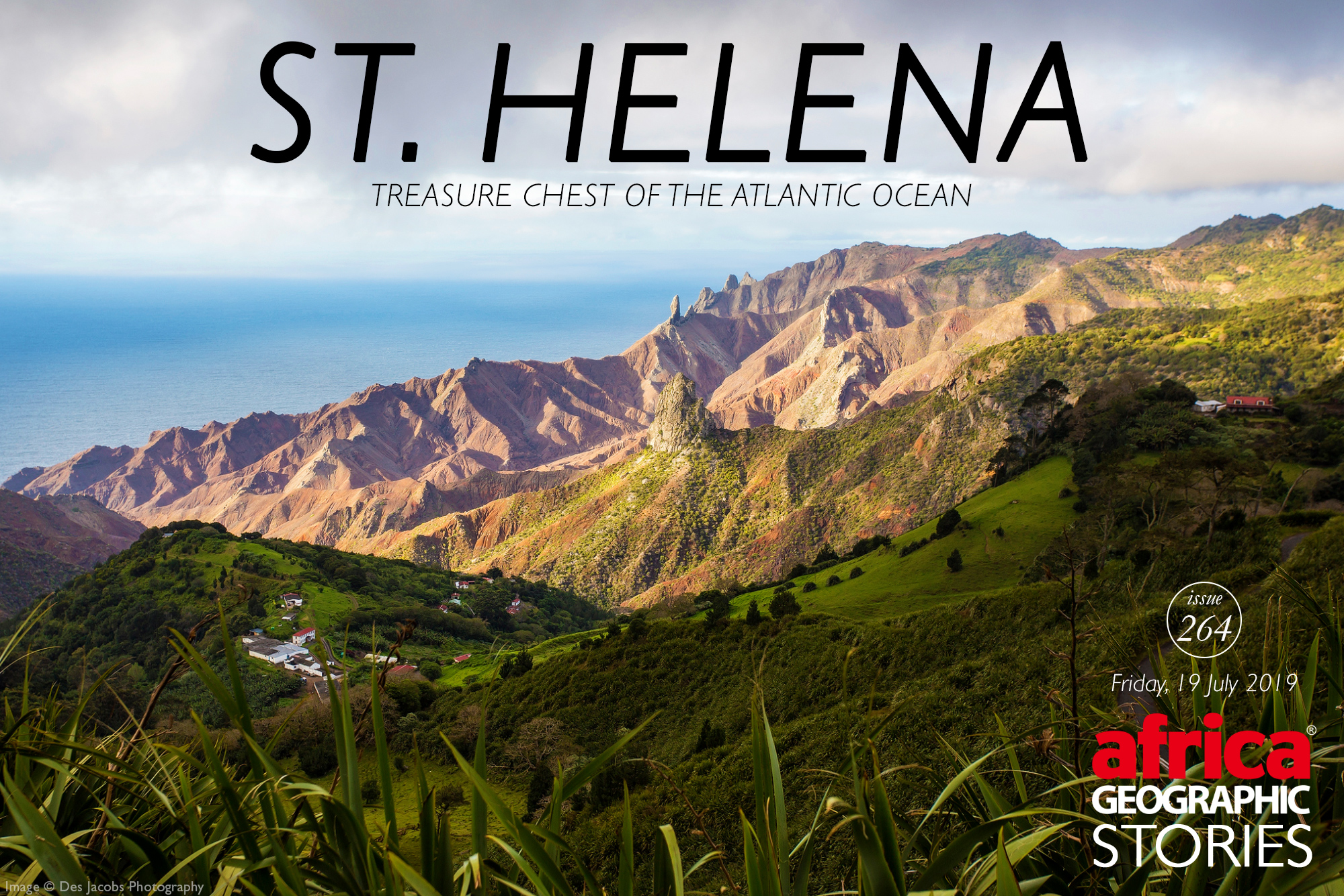
EXPLORING THE REMOTE ATLANTIC ISLAND OF
ST. HELENA


We bounced across the water on the lookout for our quarry. We had been searching for a while now and were starting to lose hope of any success when suddenly there came a shout: “There’s one!”
Just below us, swimming effortlessly in the pristine water, was a gentle giant – a whale shark. In no time at all, we were in the water, swimming a safe distance away from this incredible creature. Remora fish clung to her sides, hitching a ride, while pilot fish swam alongside, almost guiding her through the ocean. At one point I found myself facing her head-on… a whale shark’s teeth are so small that all you see is gums. Their gullet is only the size of a fist, but still, it is quite disconcerting that this metre-wide mouth is steadily heading your way. No underwater experience I’ve ever had can compare to swimming with my first whale shark.
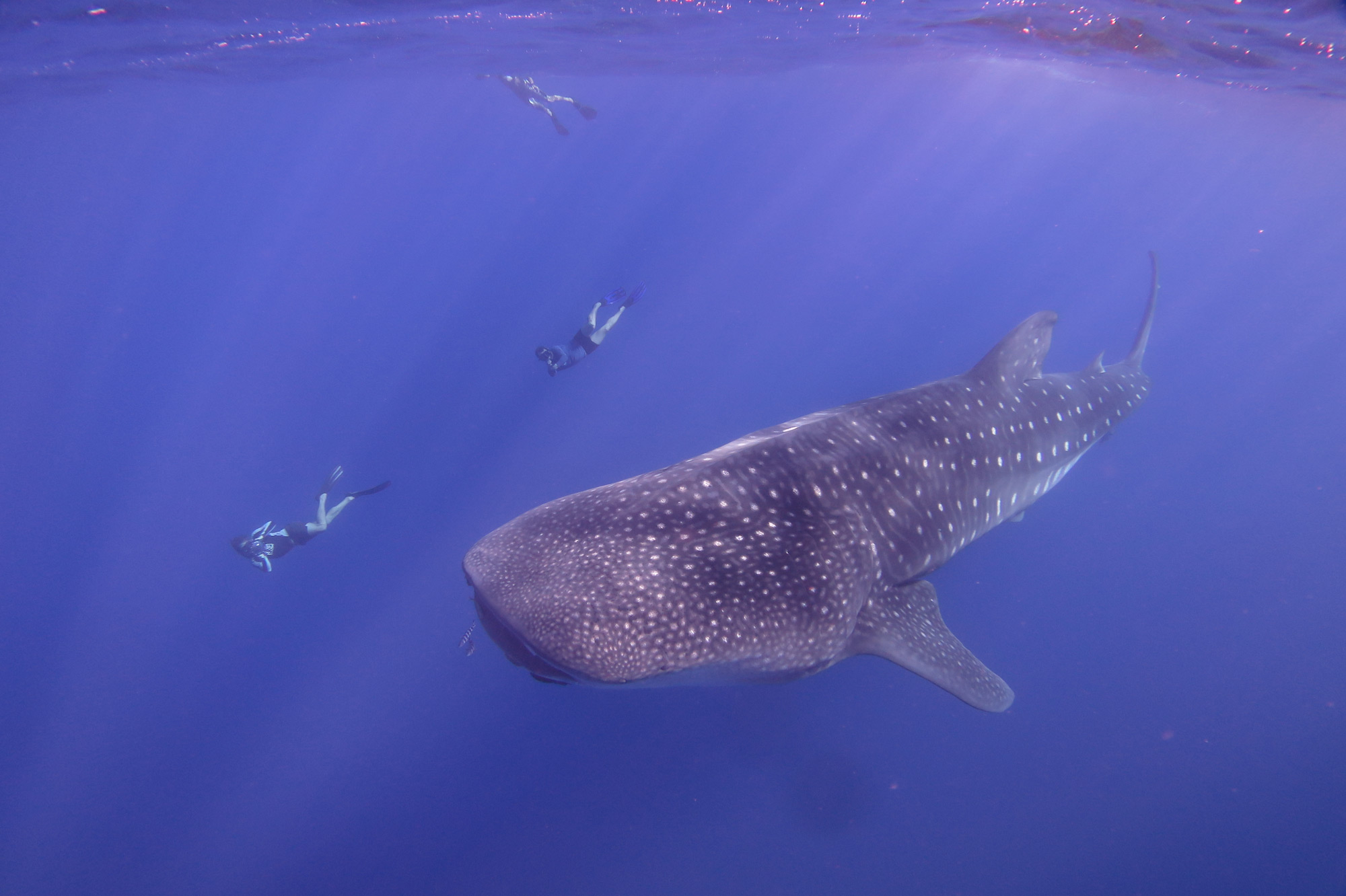
This whale shark is just one of the many who congregate in the waters surrounding one of the world’s most isolated island – St. Helena. Every year, between December and March, they can be found here in aggregations of thirty or more. The island may well be the key to whale shark reproduction in the Atlantic as, unlike elsewhere, whale sharks here are known to congregate in an equal split of adult males and females. This 50/50 mix of adults is incredibly important, as the mating behaviour of these animals has never been recorded.
In addition to whale sharks, several migratory species are found in the waters around the island, including humpback whales, turtles and devil rays, as well as permanent resident populations of dolphins (pantropical spotted, bottlenose and rough-toothed).
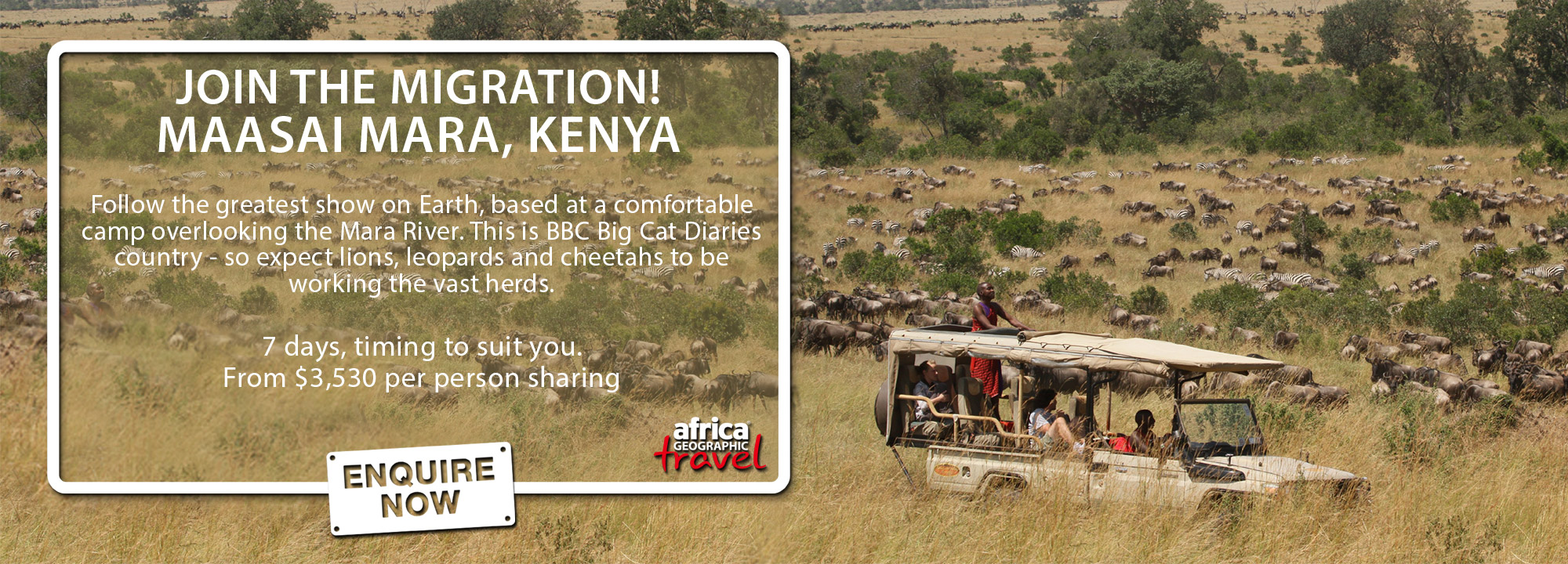
A LITTLE BIT OF HISTORY
A small chain of underwater volcanoes lies 1,800 km due west of Angola in the South Atlantic Ocean. One of these volcanoes, St. Helena, broke the surface 12 – 14 million years ago. Regularly hidden in cloud and mist brought by south-easterly trade winds, the island lay uninhabited and undiscovered until the Portuguese stumbled upon it in 1502. Remarkably, they managed to keep this extraordinary place a secret for almost 90 years.
In 1659, the British East India Company took possession of the island and began a fortification process that has left the island quite literally covered in old cannons and crumbling stone battlements. In the years that followed, a parade of famous and infamous people found their way here – including astronomer Edmond Halley (of comet fame), captains Cook and Bligh, and novelists EM Forster and Evelyn Waugh.
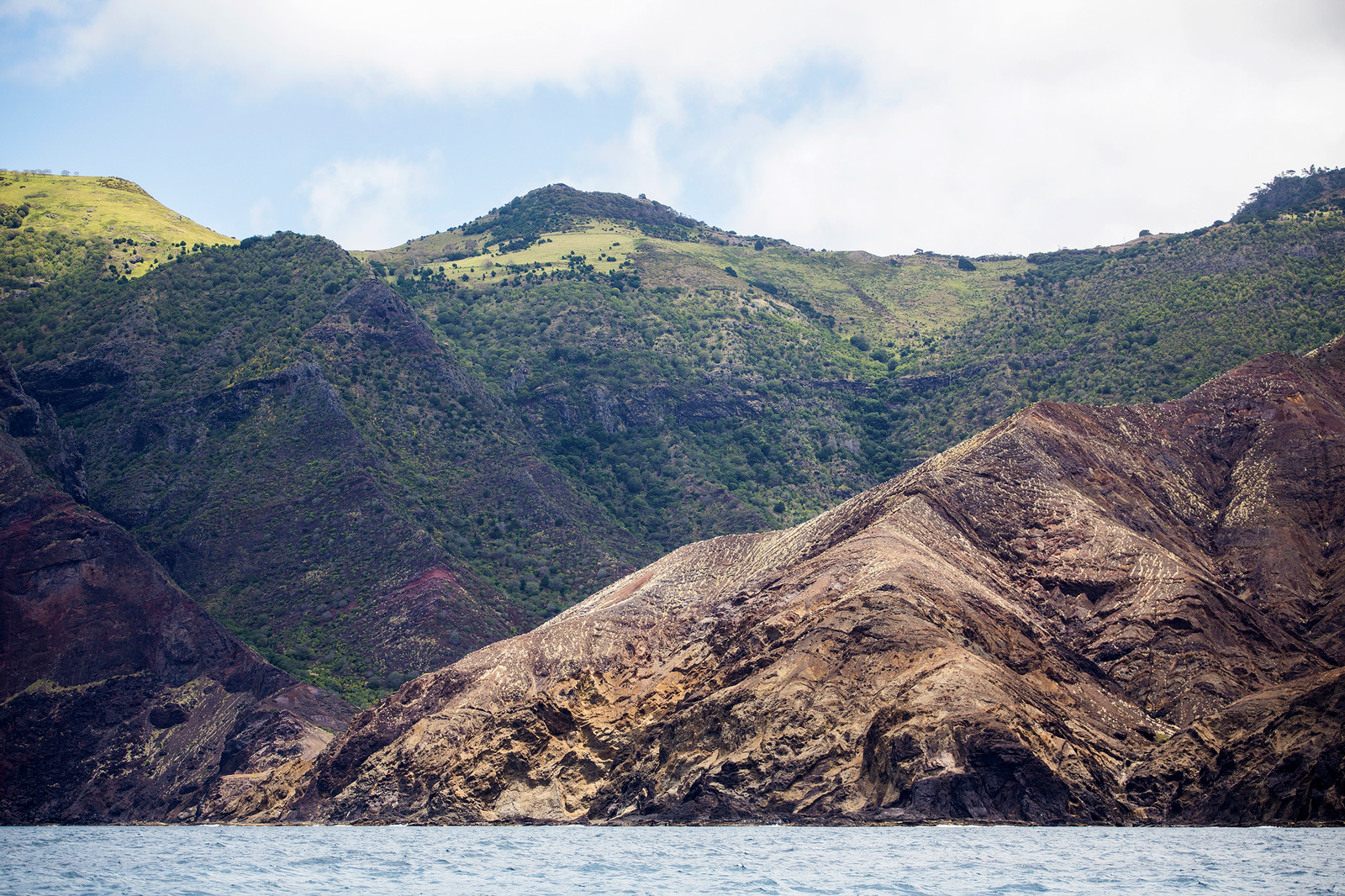
In 1836 the HMS Beagle arrived, with amateur geologist and scientist Charles Darwin aboard. Staying about a week, he devoted 15 pages of notes to the geology of the island and his personal hypothesis on volcano formation. In his book, The Voyage of the Beagle (1839), one can clearly see the impression that the island had on him:
“This island, the forbidding aspect of which has been so often described, rises abruptly like a huge black castle from the ocean. Near the town, as if to complete nature’s defence, small forts and guns fill up every gap in the rugged rocks … When approaching the anchorage, there was one striking view: an irregular castle perched on the summit of a lofty hill, and surrounded by a few scattered fir-trees, boldly projected against the sky.”
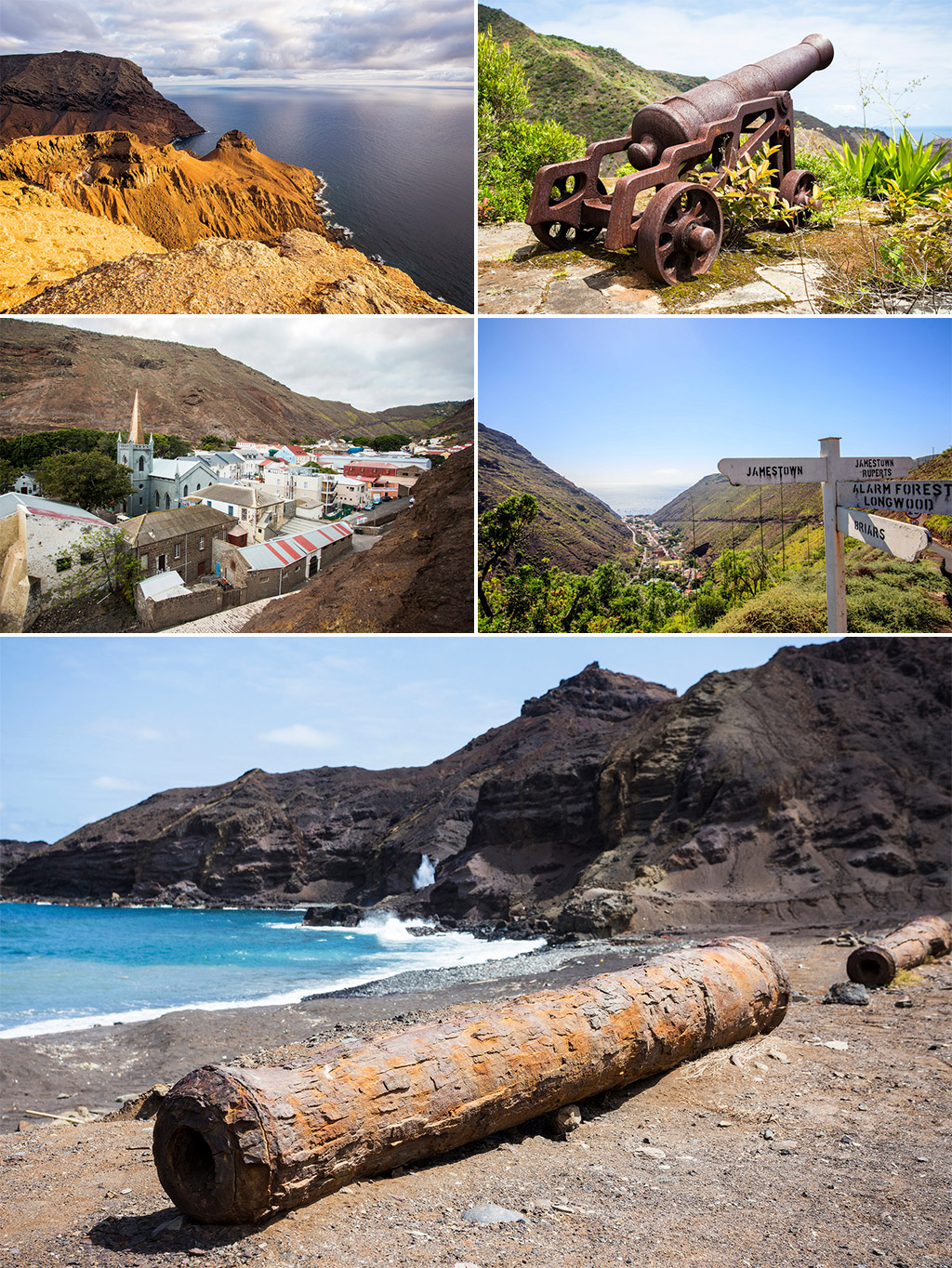
He also found time to have a bit of a rant about what he felt was poor laundry service on board the boat! In conclusion of his visit he wrote, “I so much enjoyed my rambles among the rocks and mountains of St. Helena, that I felt almost sorry on the morning of the 14th to descend to the town”.
Also, numerous exiles have, at one time or another, resided on St Helena, including Zulu Chief Dinizulu, 6,000 Boer prisoners-of-war and, of course, the island’s most well-known exile, Napoleon.
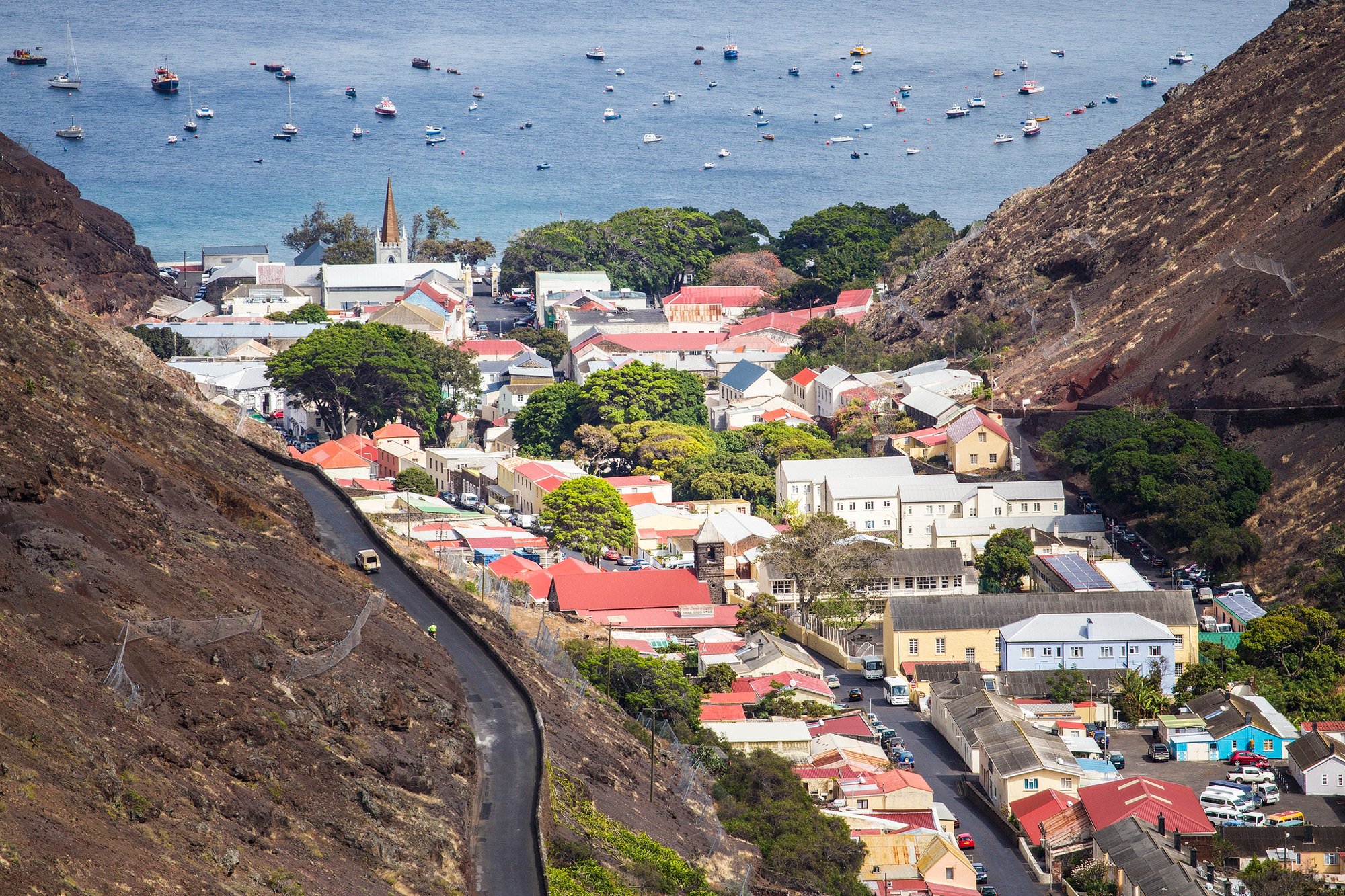
NAPOLEON AND A GIANT TORTOISE
In 1815 Napoleon Bonaparte was exiled to St. Helena, after his defeat at the Battle of Waterloo. The former French emperor, who had once ruled an empire that stretched across Europe, died six years into his exile on the island at the age of 51, most likely from stomach cancer. He was buried on the island, and in 1840 his remains were returned to France and entombed in a crypt at Les Invalides in Paris.
His empty tomb, and his two residences – Briars Pavilion and Longwood House – were on our itinerary and made for a fascinating glimpse into his time on the island.

Also on our ‘must-do’ list was afternoon tea at Plantation House. Built in 1792, Plantation House is home to both the island’s governor and to Jonathan, a Seychelles giant tortoise, who at 187, is simultaneously the island’s oldest resident and regarded as the oldest-known living land animal on Earth. Jonathan has been on the island since 1882, having been brought there when he was 50 years old as a gift to the then-governor, William Grey-Wilson. He, along with a couple of younger and smaller companions, can be visited as they graze the lawns of Plantation House.

A RARE BIRD AND A MUSICAL BOULDER
We had spent our first day on St. Helena getting orientated, driving the length and breadth of this tiny, 124 km², island. Deadwood, Longwood, Levelwood, Blue Hill, Man and Horse, Sugar Loaf, Half Tree Hollow, The Gates of Chaos… all places with names straight out of fairy tales, and perfectly suited to this enchanted island.
From black sand beaches to cloud forests and historic fortifications perched high over churning seas, we saw it all. We lunched near one of the breeding grounds of the St. Helena plover – locally known as the wirebird due to its thin legs – the island’s only surviving endemic bird and one of the rarest birds in the world.

We visited the site of the Boer prisoner-of-war camp, passed the donkey sanctuary and the golf course, and visited a curious boulder called the Bellstone. It looks just like an ordinary boulder, but when struck with a rock, it emits a melodious sound that (as its name suggests) reminds you of a ringing church bell.
Ending the day with sundowners at South West Point, we looked down the dramatic coastline and out over the water that glistened like liquid silver as the sun sank low in the sky. Driving back to the capital, Jamestown, we watched as sea mist slid over the landscape, enveloping the island in mystery.
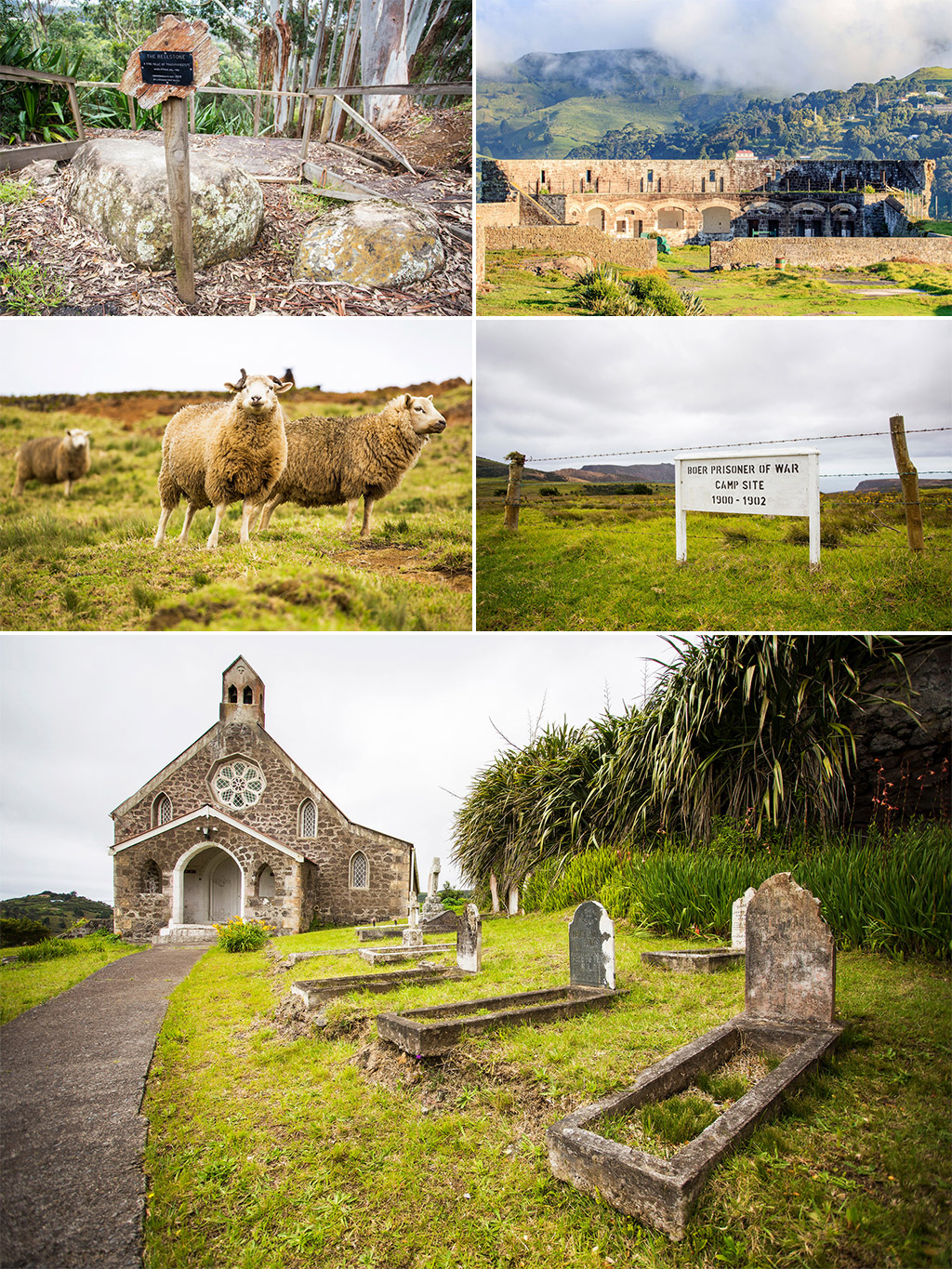
Hiking through the surreal and barren, almost Martian-like, landscape, we made our way to Lot’s Wife’s Ponds, one of St. Helena’s best-known walks. A strenuous but rewarding hike, with breathtakingly beautiful scenery. We encountered breeding colonies of masked boobies, some with vocal, demanding offspring who were somewhat unsteady on their feet and uncertain about how to use their wings.
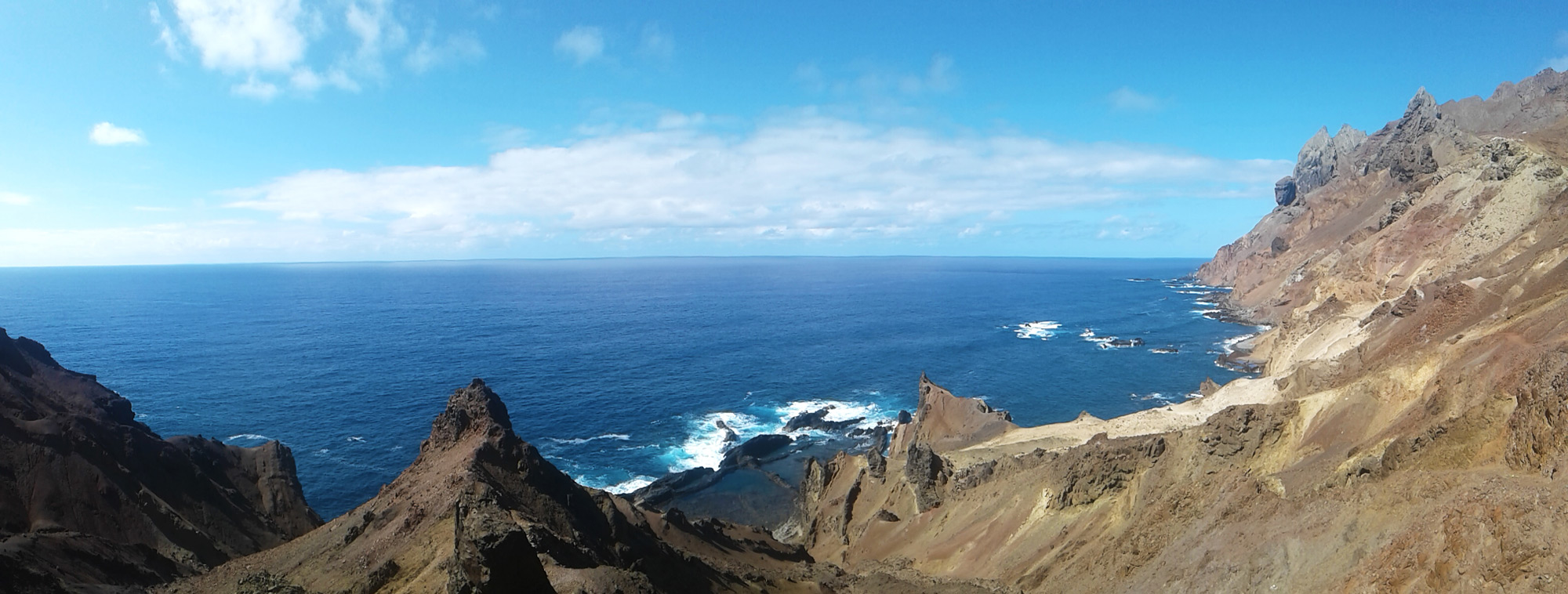
We looked down over the brilliant blue waters waiting, enticingly, below. Reaching the last stretch of the hike, we clambered down a length of rope that hung, rather casually, over the side of the cliff. Reaching the water we stripped off and took the plunge. Waves crashed against a natural stone breakwater, leaving the rock pools calm and undisturbed. Rock formations towered above us, and fish nibbled on our toes, while sea urchins and starfish nestled amongst the rocks below us.

ANCIENT FORESTS AND REFINED COFFEE
The severe coastal cliffs give way to dramatic ridges and valleys, clothed in lush green vegetation, where further inland, reaching up to the highest point, is Diana’s Peak (820m). Located within the 81-hectare Diana’s Peak National Park, this peak is the highest of three peaks and is surrounded by one of the rarest and unique landscapes on the planet.
Climbing through the cloud forest, through tree-fern thickets and past endemic whitewoods, dogwoods and black cabbage trees we made our way to the peak – a haven for 393 endemic invertebrate species – of which 217 are endemic and are only found on the island.
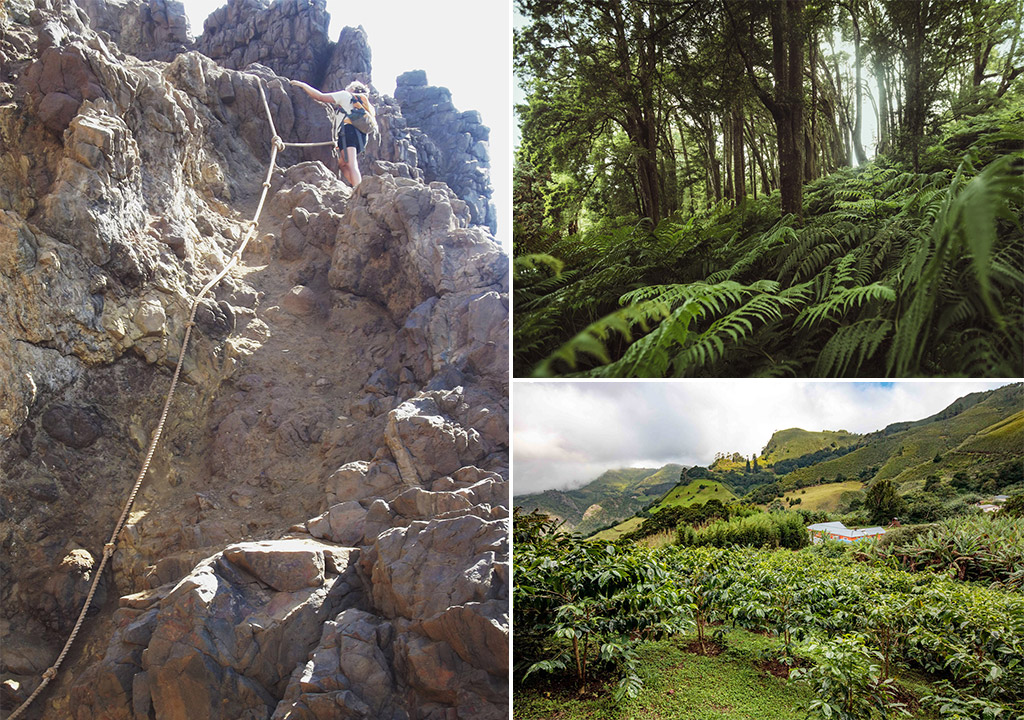
Diana’s Peak is home to 33 species of spider, 22 of which are endemic. On our hike, we saw the golden sail spider, with its irregular, three-dimensional web.
These spiders are known for their not very well-mannered habit of stealing prey from and cannibalising the young of other spiders. We also saw the thumbnail-sized, amber-coloured, blushing snail, another of the island’s endemics. From the summit we enjoyed stunning views across the island, from its green heart, over fertile farmlands, to its barren edges and the endless ocean beyond.

For a change of pace, we called in at one of the island’s coffee plantations. Coffee, or more specifically, the Green Tipped Bourbon Arabica variety, was first introduced in 1733 from Yemen by the East India Company, and is still being cultivated today – 286 years later. We had a guided tour of the plantation and were talked through the process from picking and pulping to hulling and roasting, and ultimately got to drink some for ourselves.
Napoleon, after years of isolation and exile apparently said “the only thing good about St. Helena is the coffee”, and while my husband, a bit of a coffee aficionado, definitely concurred that the coffee was “good”, we would have to disagree about the ‘only’ part of that statement. St. Helena is, without doubt, a destination that keeps on giving.
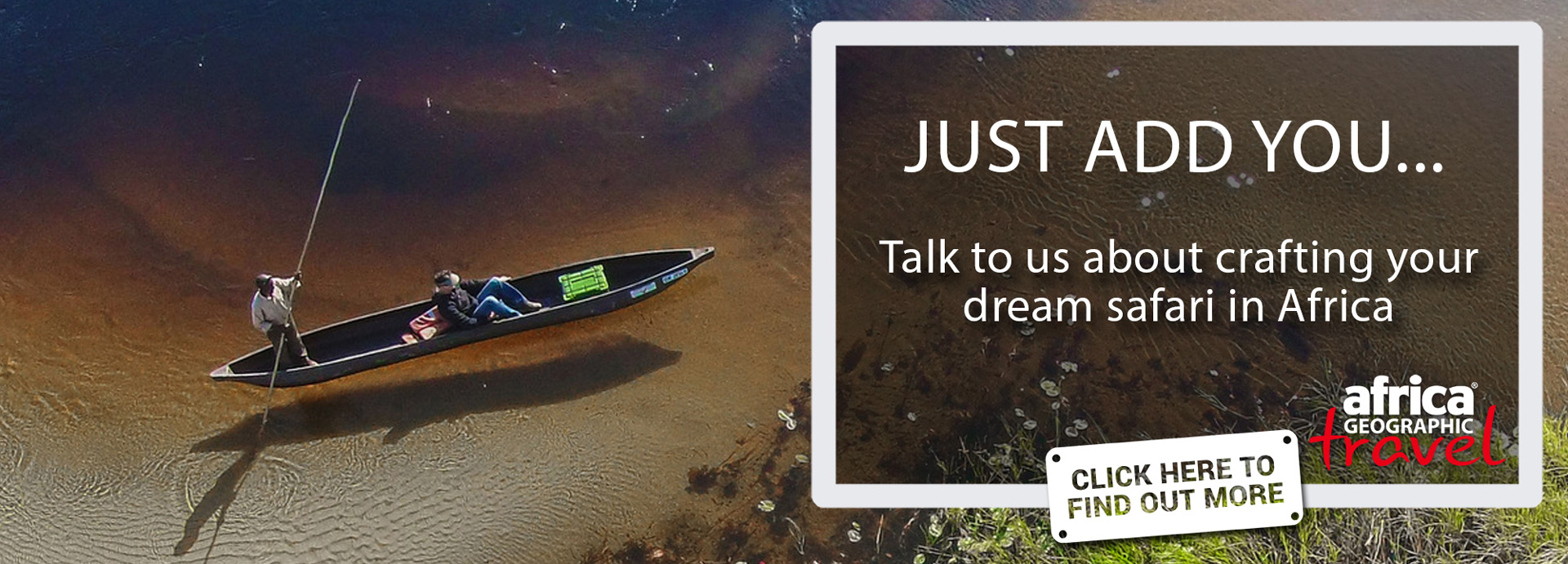
SPECTACULAR DIVING
Balancing on the edge of the dive boat, my husband and I exchanged glances. Neither of us had dived for more than a year and yet here we were on a boat with a bunch of regular divers who clearly knew what they were doing. I was feeling a little ‘out of my depth’ as we headed out to sea.
I needn’t have worried, though. The minute I entered the water, I was surrounded by clouds of endemic St. Helena butterflyfish, a snowstorm of white in the crystal-clear water. Instantly mesmerised I forgot all about my nervousness. It’s easy to love diving at St. Helena, the clear water was a balmy 23°C, the visibility was somewhere around 20 metres, and there were brilliantly coloured fish everywhere. Endemic strigate parrotfish, turquoise green St. Helena wrasse, trumpet fish, and exquisite nudibranchs looking like underwater caterpillars wriggling through colourful sea ferns. Before I knew it, my tank was almost empty, and it was time to clamber back on board the boat. As we made our way back to dry land around the rugged coastline, a flying fish, with its forked-tail fin, kept pace with the boat, gliding above the water for surprisingly long distances.
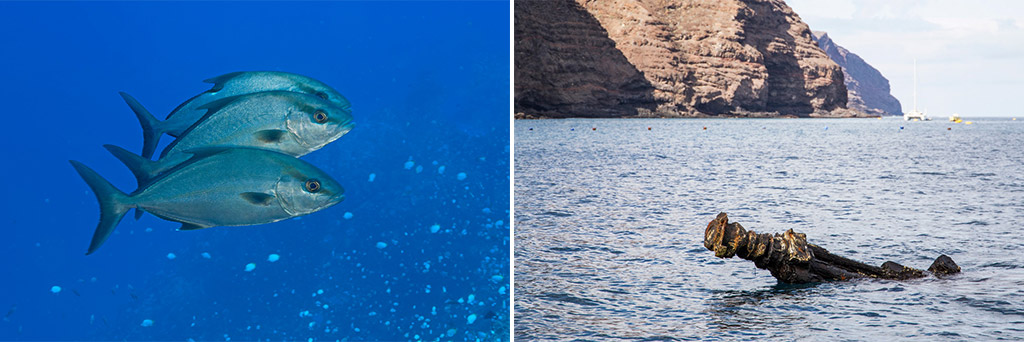
After our excellent diving experience we were keen to squeeze just one more water-based activity into our trip before we departed, so decided on a quick snorkel in Jamestown harbour first thing in the morning. Strolling down to the water’s edge before the town had properly woken up, we clambered down slippery stone steps into the water. Swimming through schools of butterflyfish, like scattered confetti, just metres from the harbour wall, I found myself above a shipwreck. In 1911, the SS Papanui exploded and sank, in only 12 metres of water, right there in Jamestown harbour. The ship now lay stretched out on the harbour floor below me. A migratory green turtle swam past, burrfish and groups of goatfish appeared, and there were glimpses of anemones and an octopus amongst the tangled wreckage. An incredible sight and all the more impressive for being just a stone’s throw from our hotel. Why on Earth hadn’t we done this every morning before breakfast?!
THE STAIRCASE…
Always keen for a challenge wherever I travel, I had set my sights on Jacob’s Ladder – an iconic landmark of 699 steps ascending rather steeply up Ladder Hill. In 1829, a funicular railway was built to connect Jamestown at the bottom, to Ladder Hill Fort and Half Tree Hollow at the top of the hill. Just a few steps from our hotel, past the oldest Anglican Church in the Southern Hemisphere, were the steps that were all that remained of this railway.
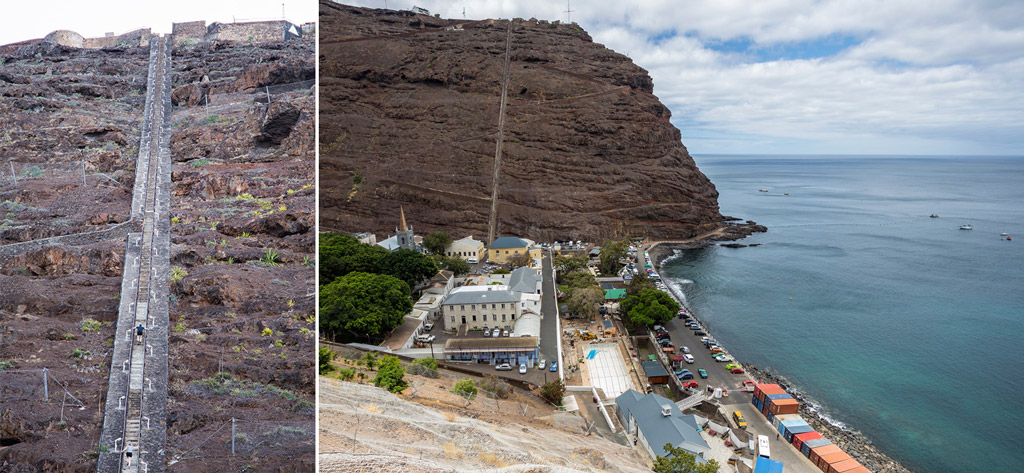
The angle of ascent is a taxing 40 degrees, and before breakfast each morning, I challenged myself to the climb. I gave it my best shot, but never managed to get near the record ascent time, which currently stands at an impressive 5 minutes and 16 seconds! Having only managed to convince my husband to join me a couple of mornings, most days I reached the top of the ladder and looked down over what is probably the best-preserved Georgian town in the world, knowing that he was still tucked up in bed, awaiting bacon and eggs!
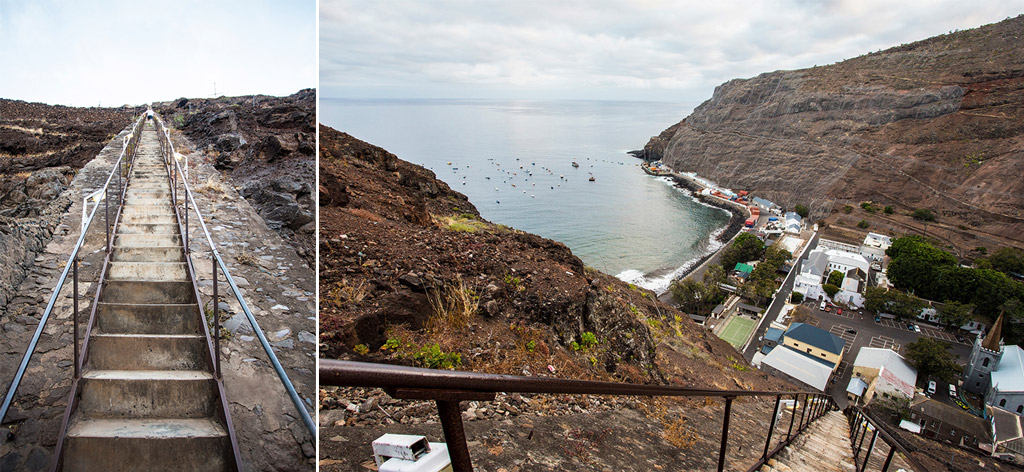
St. Helena is a tiny, beautiful island – a volcanic peak jutting out of the South Atlantic, quite literally in the middle of nowhere. A welcoming island, where people wave, say hello and have time for a chat. A place with something for everyone, from history to hiking, birding to boat trips, diving, snorkelling, whale sharks and more.![]()

ABOUT ST. HELENA
St. Helena Island is a volcanic tropical island situated in the South Atlantic Ocean 1,950 km (1,200 miles) from the southwest coast of Africa; part of the British overseas territory of St. Helena, Ascension and Tristan da Cunha. The island has a maximum length (southwest-northeast) of 17 km (10.5 miles) and a maximum breadth of 10 km (6.5 miles). The capital and port is Jamestown. The nearest land is Ascension Island, which is 1,125 km (703 miles) to the northwest.
The climate of St. Helena is tropical, marine and mild, tempered by the Benguela Current and trade winds that blow almost continuously. The weather is one of the island’s more unusual features as it can be sunny and calm in one place, and wet and windy only a few kilometres away. Summer is roughly from November through to May.
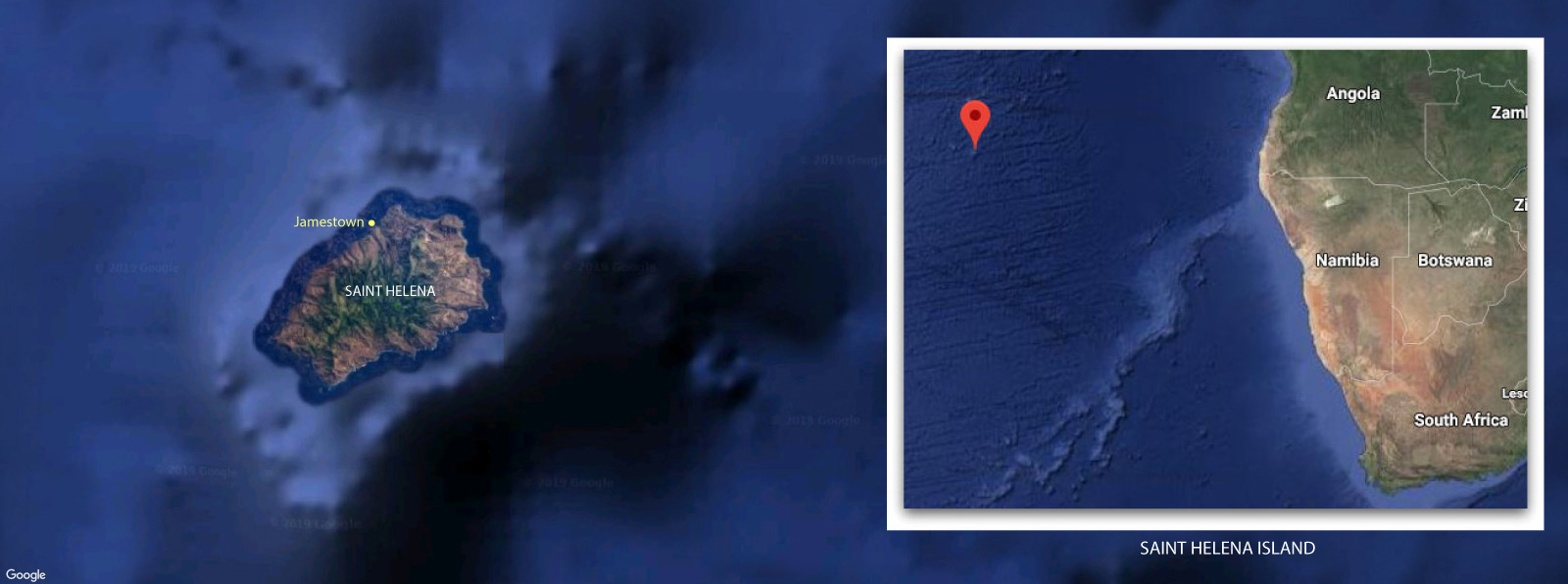
Where to stay
Sarah was graciously hosted at the Mantis St Helena.
The Mantis St Helena Hotel is located in the heart of Jamestown. With thirty luxurious, en-suite bedrooms, guests are just a few minutes’ walk from the ocean, the swimming pool, the island’s museum, and the famous Jacob’s Ladder which offers a spectacular view of the town.
Among the facilities of this property are a restaurant, a 24-hour front desk and room service, along with free WiFi.
All guest rooms come with air conditioning, a flat-screen TV with cable channels, a fridge, an electric teapot with tea and coffee making facilities, a shower, a hairdryer and a desk. The hotel provides some units that feature a patio and garden view, and all rooms have a private bathroom and a closet.

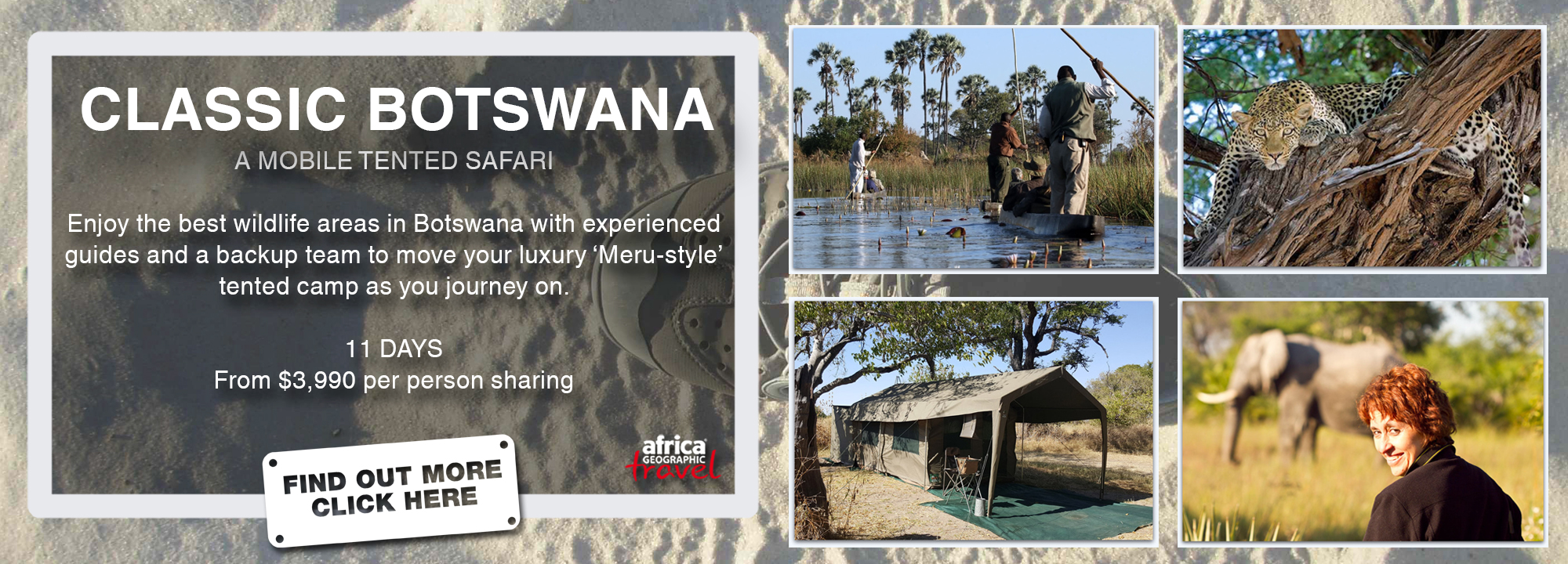
GETTING THERE, STUFF TO DO
For more than 500 years, the only way to reach St. Helena was by sea. In its heyday, more than one thousand ships a year called in. However, with the opening of the Suez Canal in 1869, the island became an isolated and forgotten outpost. Over the last fifty years, only the most intrepid travellers have ventured to her shores. This most isolated of British territories and its people, were, for years, only connected to the outside world by a five-day boat trip from Cape Town. That was until the island’s airport opened, connecting St. Helena with the outside world with flights from South Africa.
Airlink offers a weekly flight from Johannesburg to Jamestown on Saturdays. In addition, a new midweek flight from Cape Town will run during the peak summer season – the Tuesday departures will operate from 3rd December 2019 to 11th February 2020. From 18th February to 31st March 2020 this midweek flight will revert to Johannesburg. Bookings are open until late February 2020.
• Whale shark tours: Dive St Helena
• Scuba diving : Sub-Tropic Adventures
• Guided hikes and walks: MY St Helena Tours
• Island tours: Aaron’s Adventure Tours
• Coffee Tours: St Helena Coffee
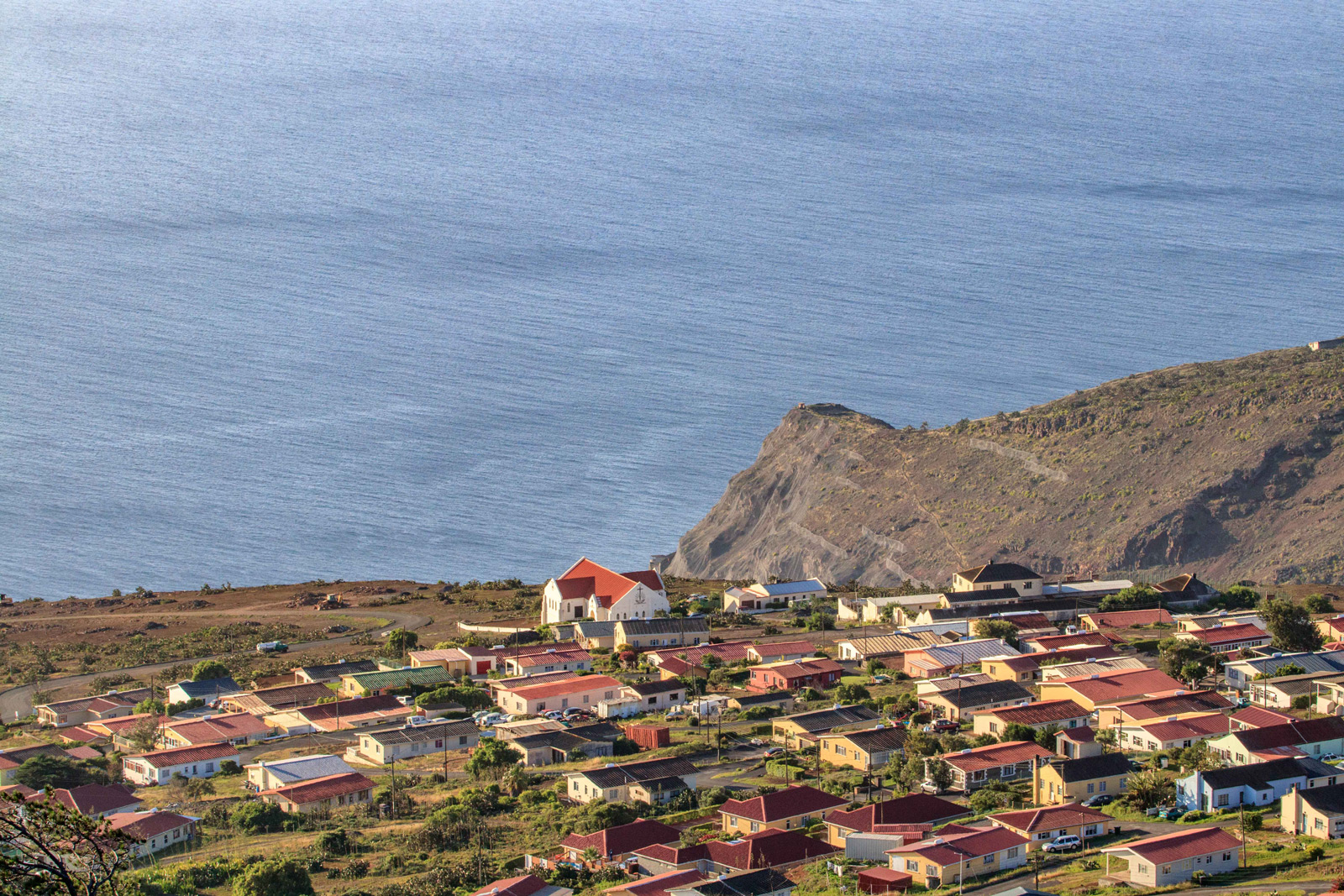
ABOUT THE AUTHOR, SARAH KINGDOM

Travel writer, mountain guide and mother, Sarah Kingdom was born and brought up in Sydney, Australia. Coming to Africa at 21, she fell in love with the continent and stayed. Sarah guides on Kilimanjaro several times a year, and has lost count of how many times she has stood on the roof of Africa. She has climbed and guided throughout the Himalayas and now spends most of her time visiting remote places in Africa. When she is not travelling, she runs a cattle ranch in Zambia with her husband.
To comment on this story: Login (or sign up) to our app here - it's a troll-free safe place 🙂.![]()






